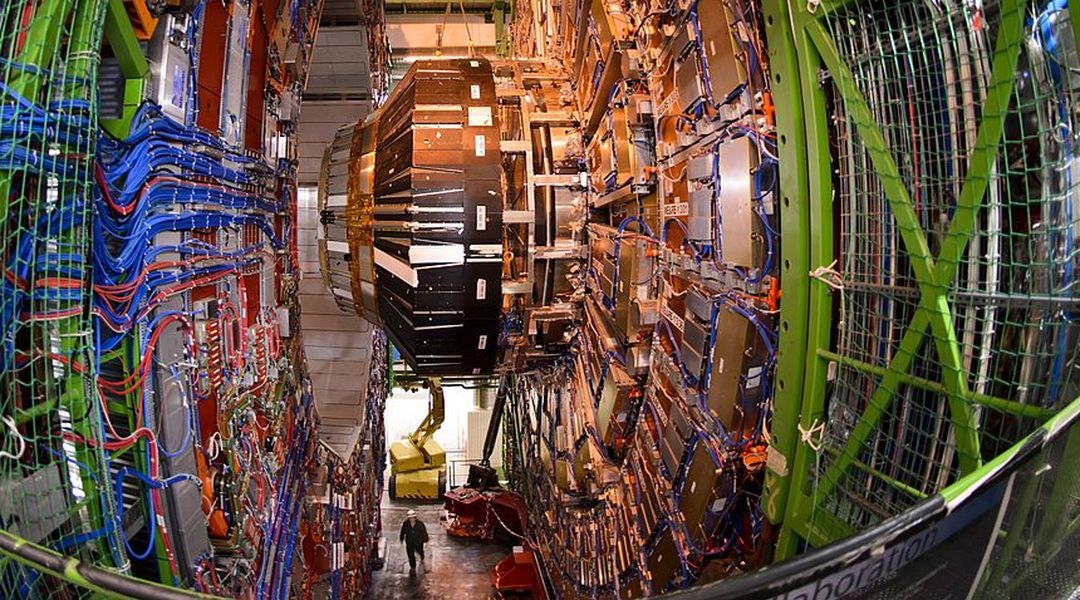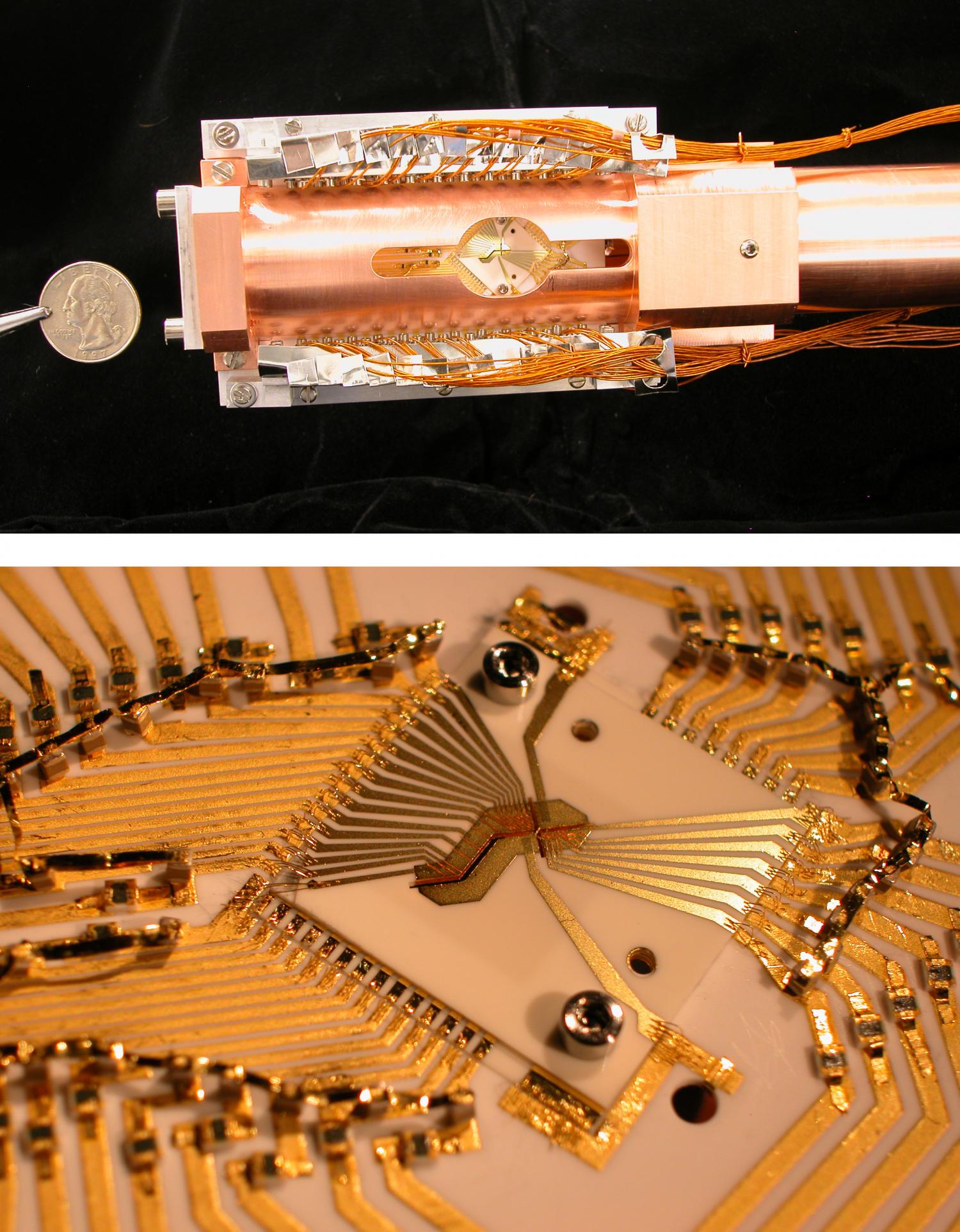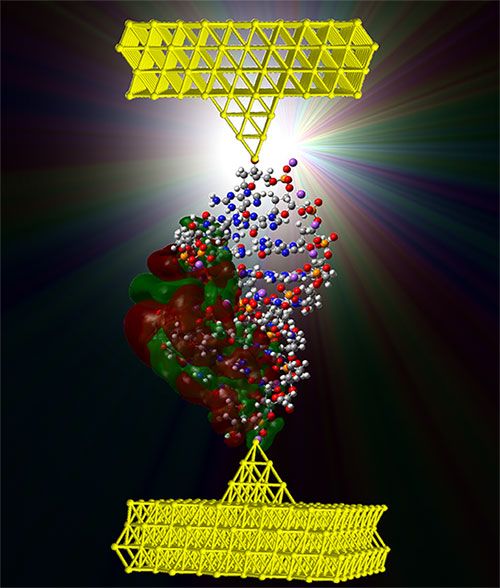Dec 16, 2015
Russia, China Building ‘Robot’ Army
Posted by Dan Kummer in categories: business, ethics, military, robotics/AI, security
Despite more than a thousand artificial-intelligence researchers signing an open letter this summer in an effort to ban autonomous weapons, Business Insider reports that China and Russia are in the process of creating self-sufficient killer robots, and in turn is putting pressure on the Pentagon to keep up.
“We know that China is already investing heavily in robotics and autonomy and the Russian Chief of General Staff [Valery Vasilevich] Gerasimov recently said that the Russian military is preparing to fight on a roboticized battlefield,” U.S. Deputy Secretary of Defense Robert Work said during a national security forum on Monday.
Work added, “[Gerasimov] said, and I quote, ‘In the near future, it is possible that a complete roboticized unit will be created capable of independently conducting military operations.’”
















